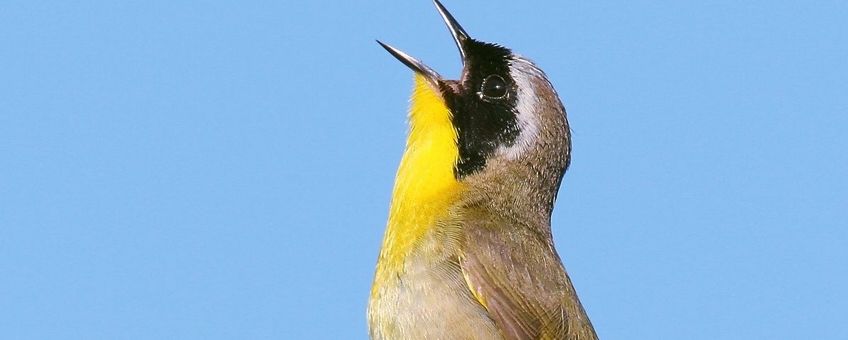
Why conservation scientists are listening to nature
The ConversationAnimals chirp, roar, squeak, squawk, and howl to attract mates, defend territories, locate prey or even just find their way around. Wind whistles, rain hammers and streams gurgle. The sea thunders. Even under the water’s surface, a cacophony of unknown snaps, boings, ripples and other melodies still surround you.
Together, this symphony is the natural soundscape.
Scientists can use acoustic sensors to monitor anything from an entire soundscape all the way down to a single species. Acoustic monitoring has helped us learn more about the behaviour and ecology of animals such as whales, dolphins, birds, amphibians, insects and bats.
Bats, the subject of my own research, are ideal candidates for acoustic monitoring. Famously, they use echolocation to navigate through the skies, but they also produce feeding buzzes to hunt down prey, and social calls to attract mates.
Monitoring the distinct calls bats use for navigation, prey location and socialising allows us to determine where they are and what they are using particular habitats for. Sensors are often placed outside roosts, along suspected commuting routes and in foraging locations. Currently sensors are too large to be attached to the bats themselves.
The bat’s sonar shortens into a ‘feeding buzz’ as it closes in on an insect (Source: Lampropeltis001)
Studies using acoustic sensors have furthered our knowledge of how these animals are responding to pressures such as climate change and habitat loss. The UK’s National Bat Monitoring Program, a citizen science project that has been running since 1997, relies on volunteers across the country armed with bat detectors to carry out annual acoustic surveys. This valuable data has revealed some promising population increases of many threatened bat species.
Listening to the landscape
Zooming out from individual species, a new field of research has recently emerged called soundscape ecology. This is the study of the entire collection of sounds that are emitted from a landscape. Scientists group these sounds into those created by humans (known as anthrophony), those emitted by plants and animals (biophony), and natural but non-biological sounds like rain wind and waves (geophony).
Humans often don’t consider sound as an important part of an ecosystem, but other animals are not so oblivious. For instance, the tiny larvae of reef fish use the clamour of fish and crustaceans calls from coral reefs to determine which one they should grow up on. And just as the ambient sound can tell the larvae about the health of a reef, we can also use sound as a way to monitor the status of the environment.
As microphones get smaller, cheaper and better at storing data, they are becoming an ever more viable tool for a variety of conservation projects. Acoustic sensors are particularly effective in remote environments where access is limited, and have huge potential for monitoring illegal poaching. In Cameroon’s Korup National Park, where monkeys and chimpanzees are targeted for bushmeat, sensors have already been successfully used to identify target areas for anti-poaching patrols, by recording the location of gunshots and animal calls.
Similarly, acoustic sensors may be valuable for monitoring illegal blast fishing in the sea, where dynamite is dropped into the water and the explosion stuns or kills everything in range. This form of fishing has a horrific impact on ocean ecosystems, decimating fragile corals.

These aren’t real-time reporting systems, for now, the data must be collected and analysed to identify particular sounds. However, with the technology rapidly advancing, automatic detection systems may be possible in the not too distant future, enabling real-time reporting of illegal poaching or fishing.
With biodiversity in decline globally, acoustic monitoring is a highly-effective, efficient and low-cost way to gather the data required to prevent further losses. In the future, we may have huge networks of acoustic sensors monitoring the natural world, feeding us live information. We humans are highly visual animals, but we should remember to take the time to close our eyes and open our ears to the orchestra of the natural world around us.
Text: Ella Browning, UCL; Originally published on The Conversation. Read the original article.
Photos: Wolfgang Wander, CC BY 3.0; Prilfish, CC BY 2.0
